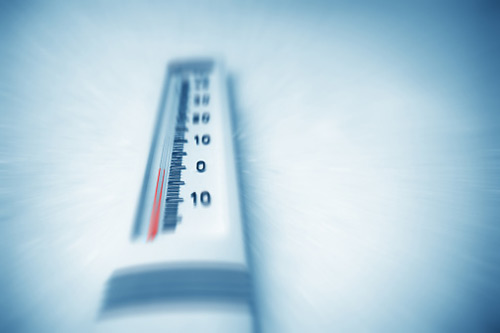 The death of a young woman has raised concerns about the controversial cryotherapy treatment.
The death of a young woman has raised concerns about the controversial cryotherapy treatment.
Chelsea Patricia Ake-Salvacion, 24, froze to death in a cryotherapy chamber on October 19. Her body was found in one of the chambers at the cryotherapy clinic she worked at. The woman was a fitness enthusiast and a strong believer in the controversial therapy technique.
Cryotherapy involves exposing the body to temperatures as low as -240 degrees Fahrenheit. Targeted cryotherapy is used in healthcare to target specific areas of the body for the treatment of certain types of cancer and skin growths. However, whole-body cryotherapy is not an approved medical treatment and is currently unregulated.
Supporters of cryotherapy claim that it can treat a wide range of health issues and ailments, including chronic pain, mood disorders, and weight loss. It is also used as an antiaging therapy, with purported general health benefits. Some athletes also use it to speed up recovery.
Treatment involves stepping into a chamber which uses liquid nitrogen to lower the body’s temperature dramatically. This is supposed to send your body into “survival mode,” which in turn allows your body to flush out toxins.
Celebrities such as Lebron James, Lindsey Lohan, and Floyd Mayweather have all used cryotherapy. However, healthcare professionals claim that there is no evidence that cryotherapy has any health benefits.
“There is no proven benefit for the use of WBC for therapy for recovery for workouts, or even as a way to improve health as a detox,” says Dr. Robert Glatter, a spokesman for the American College of Emergency Physicians.
As well, a review of available studies on cryotherapy, conducted by Joseph Costello of the University of Portsmouth, found that there was no evidence that the therapy could help with muscle soreness, recovery, weight loss, or improved mood and sleep.
Not only is the therapy not proven but critics claim that it is dangerous and poses risks. Frostbite, hypothermia, and—in this recent case—death are all known risks that can occur. A lack of research on cryotherapy means that there may be other health concerns that are currently unknown.
According to Dr. Glatter, it’s possible “that cryotherapy could trigger an arrhythmia or even lead to a heart attack or seizure as a result of the extreme drop in temperature.”
According to the deceased’s uncle, Ake-Salvacion’s body was “rock-hard solid” when discovered. Officials do not know exactly what occurred but believe that Ake-Salvacion suffocated after becoming locked in or unable to remove herself from the cryotherapy chamber.
Her death is now being investigated by the Las Vegas police department. As well, state investigators are examining cryotherapy, performing inspections of equipment, talking to industry groups, and creating a list of businesses that use the technique.
A lawyer for Ake-Salvacion’s family is also investigating the machine for potential malfunctioning parts. If her death has been found to potentially be caused by a malfunctioning machine, the manufacturer may be facing a lawsuit.
In the meantime, health professionals caution against using cryotherapy until more research has been done.
Sources for Today’s Article:
“Cryotherapy death puts spotlight on popular but unregulated treatment,” CBC News web site, October 29, 2015; http://www.cbc.ca/news/world/cryotherapy-death-las-vegas-1.3293690.
Hayes, A., “Whole Body Cryotherapy: One Doctor’s Comments,” WebMD web site, October 28, 2015; http://blogs.webmd.com/breaking-news/2015/10/whole-body-cryotherapy-one-doctors-comments.html.
Kozicka, P., “What is cryotherapy and why do people pay $60 to feel like they’re freezing to death,” Global News web site, October 27, 2015; http://globalnews.ca/news/2299909/what-is-cryotherapy-and-why-do-people-pay-60-to-feel-like-theyre-freezing-to-death/.
